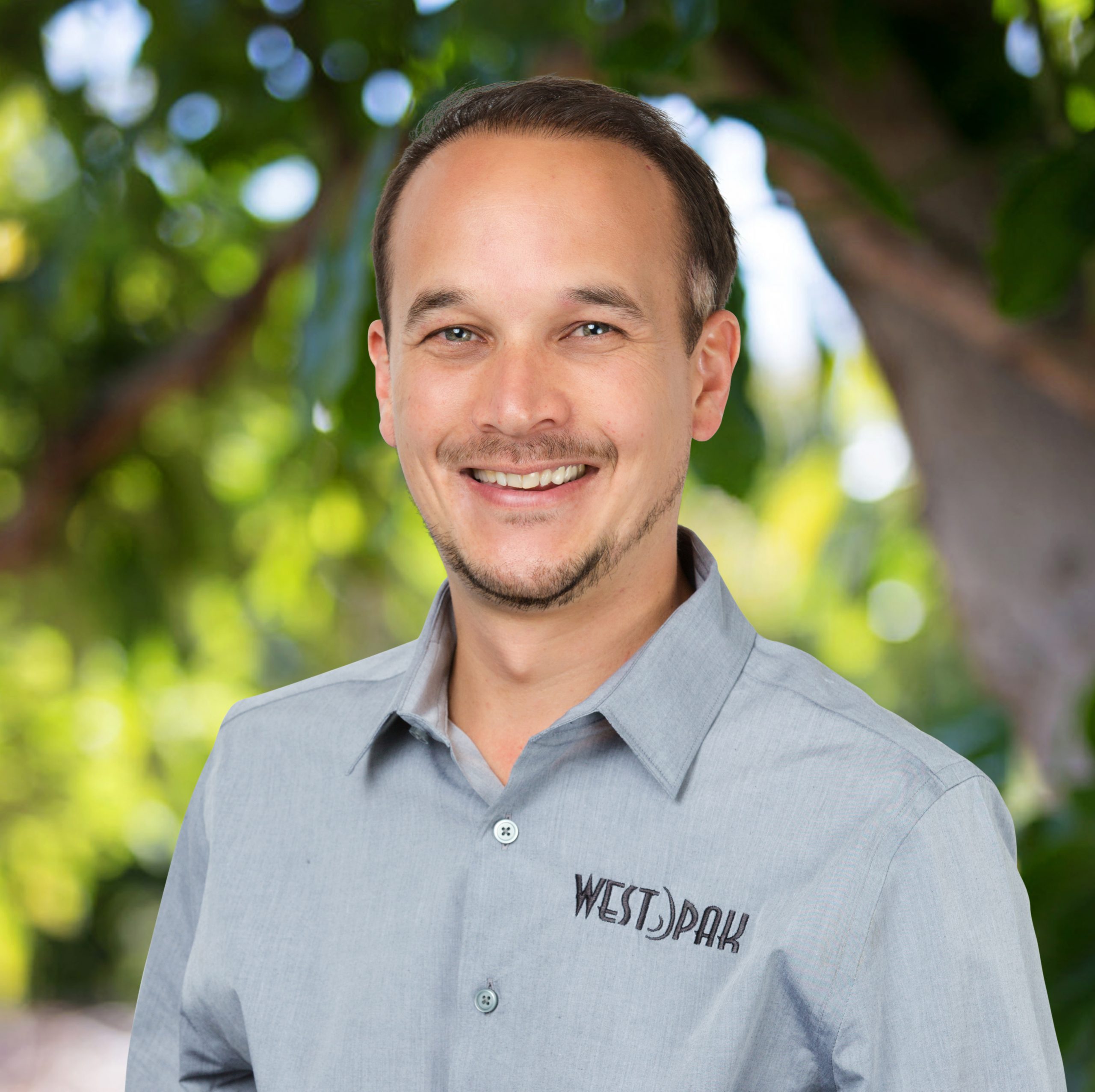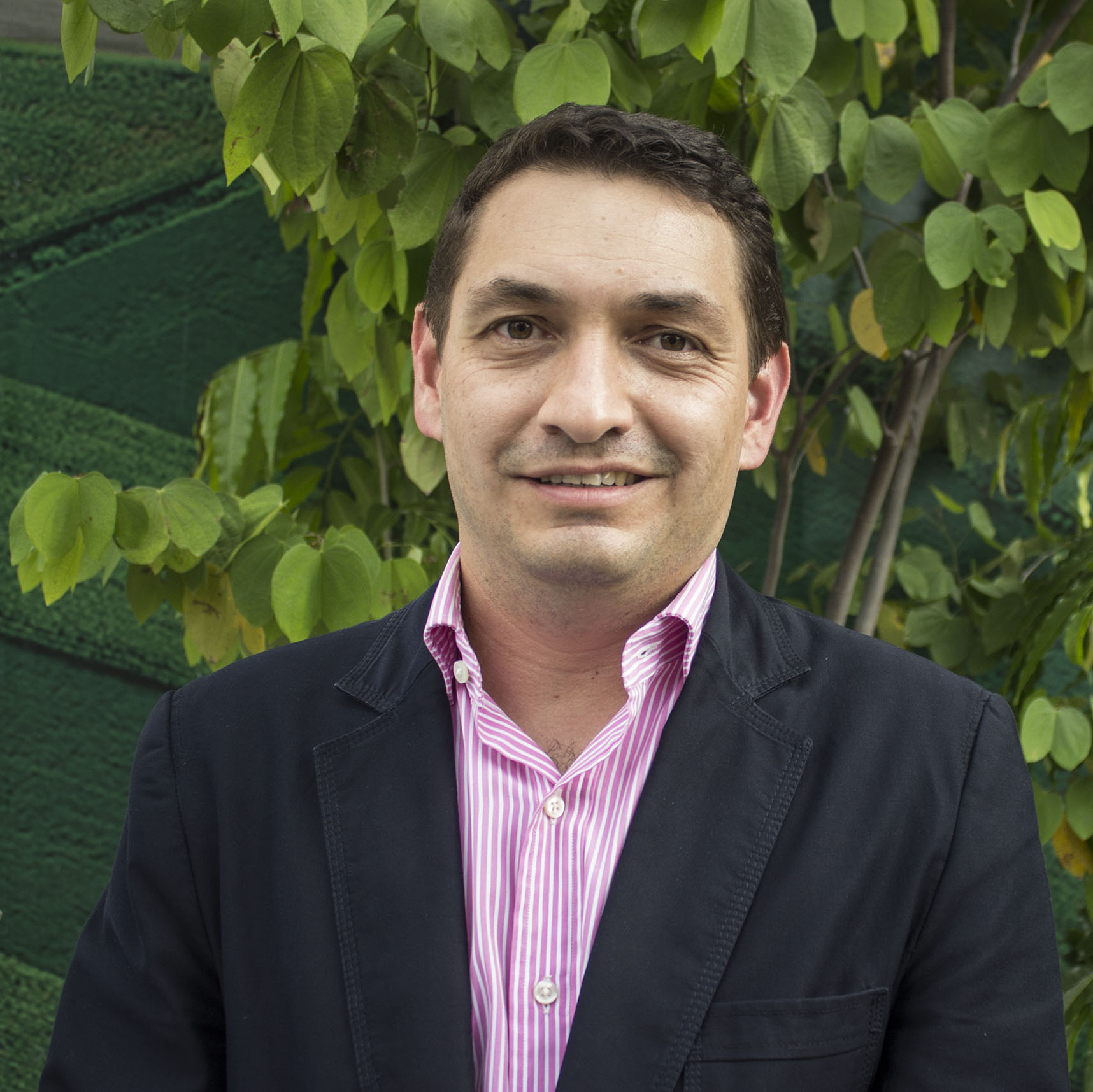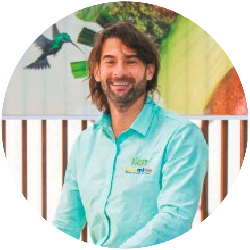Providing Growth and Support through Commitment
meet the colombia avocado board
Our Mission
We are grounded in our passion
The Colombia Avocado Board has brought together like-minded leaders with one goal in mind, to educate consumers in the U.S. and encourage them to buy more avocados from Colombia. Our commitment to sustainability, combined with the amazing health benefits of Hass avocados, are important to our producers. We are building the tools to work in sync with the Hass Avocado Board to cultivate consumers in the US. Avocados Colombia works diligently with our partners in the foodservice and retail sectors to be their market resource for all things avocado from Colombia.
Meet the Colombia Avocado Board

Ricardo Uribe
Cartama
Chairman

Kellen Newhouse
WestPak
Treasurer

Gerardo Huerta

Jorge Restrepo
Corpohass
Vice Chairman

Juan David Restrepo
Hass Colombia

Brock Becker
Mission Produce
Vice Chairman

Santiago Perez

Bruce Dowhan
Giumarra Avocado International
Official Documents
June 30, 2021 and 2020 CAB Financial Audit
How Colombia Avocado Fever Began
It’s the Golden Age of Hass Avocados Colombia
Consumption of avocados during the ’90s averaged 1.6 lbs per capita. However, starting in 2000, the American taste for avocados prospered. The demand for this luscious tasting fruit burst onto the market, swelling to over 7 lbs. per capita today, an increase of a whopping 350% compared to all other fruit’s growth over this same period of just 9%. Why the craze for the smooth, velvety taste of the avocado? A growing culture in the U.S. where avocado use in daily cuisine has been an essential factor in the ramping up of consumption. This cultural shift has had a ripple effect on the American pallet by introducing a more diverse international variety of food and flavors to the market.
Higher demand brings the need to expand and fill that need. Throughout the U.S., supermarkets have grown in size to allow for up and coming items on the country’s food scene. The amount of funding behind introducing the avocado to the U.S. market is substantial to meet that demand. Hass Avocado Board (HAB) and other member associations, including the Colombia Avocado Board, have collectively spent over $205 million promoting the avocado since 2013. Colombia has built its avocado industry around exportation, emphasizing financial sustainability and support for the local Colombian farmer and opening up endless opportunities for high growth in the future.
0
%
growth from
2018 to 2019 in
Colombian avocado
exports to the
United States
0
%
of avocado sales in
the United States
are Hass avocados
0
estimated acres
planted per year
Where avocados thrive!
It’s all about location, location, location
Colombia’s location is optimal, with access to both Atlantic and Pacific shipping routes providing easy access to major global markets with excellent logistics. Ports in Santa Marta, Cartagena, and Buenaventura allow us to deliver the avocados within days of picking. The United States, the leading importer of avocados, has imported 700% more avocados from Colombia than in recent years. Colombia has almost half a million acres suitable for avocado orchards.
Due to the increase in demand and the amount of land being dedicated to avocado production, different Colombia regions are implementing drones and other technology to improve productivity and quality. This allows for real-time strategic decisions on their crops and the market’s needs. Along with the need for precision agriculture, the Colombian avocado industry recognizes the need for environmental sustainability. There are discussions throughout the avocado industry in Colombia to work towards sustainability by consolidating product cargo delivery, working to ensure stable electric costs in the different regions, increasing railway line use, and accessing recycling resources for waste and by-products.

Recent Comments